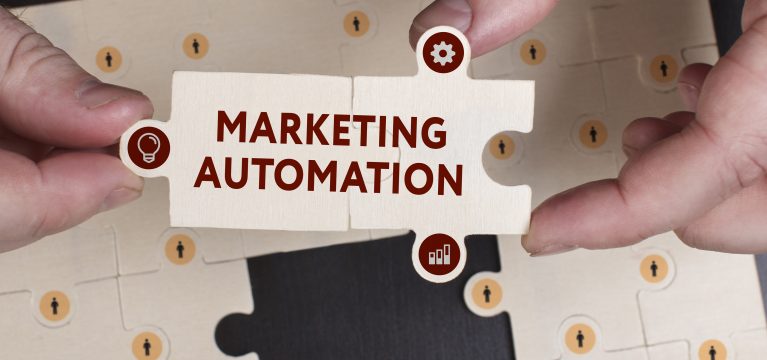If you are like many of entrepreneurs and small business owners I work with on a regular basis, you probably have a lot of questions about how online marketing “works”. You know a lot of the pieces that you need – a website, a social media presence like Facebook, Twitter, YouTube & the like – but you PROBABLY aren’t sure how it all hooks together.
If that sounds like you, don’t sweat it… you are FAR from alone – and frankly, it ISN’T your fault – this stuff is NOT intuitive at all!
What I want to talk about today is a really basic framework for how all of this “stuff” works from a 50,000 foot overhead view – we’ll dig into deeper breakdowns in later posts.
The first step is capturing traffic, and most entrepreneurs I work with are rightfully hideously concerned about capturing traffic and leads. There are a variety of ways to do that, but the key thing to keep in mind is that **SO LONG AS YOU KNOW WHO YOUR TARGET MARKET IS**, lead acquisition is effective a commodity in today’s Web marketplace. While there are (financially) free ways to do it, you can always use a number of techniques including Facebook Ads or Google AdWords to essentially pay for the specific traffic you want.
So, if we accept that it’s relatively easy to get traffic to your website (even if you need to pay for it), the question really becomes “What next?”
And that, my dear friends, is where marketing automation comes into play.
Marketing automation is all of the magic that happens after a prospect comes to your website and does or does not opt into your offer.
In very basic terms, when a prospect lands on your website, you should have a call to action that typically asks them to give you their personal information in exchange for something that they value. This is typically referred to as an optin.
There are many different types of optins that we generally call lead magnets, and we typically measure how effective they are by their conversion rate, which is the percentage of people who saw the optin that actually did what you wanted them to do. As you can imagine, some of them perform much better than others.
After a successful optin conversation:
When the prospect goes ahead and opts in by giving you the personal information that you are requesting, you will respond to them by fulfilling on whatever promise you made to them. How you follow up with them has EVERYTHING to do with what your goal is for the type of funnel that is associated with that optin, and there are TONS of different types of funnels out there… here are just a few that my team has worked on in the past few months:
- Free PDF Delivery
- Free Video Series Delievery
- Free Online Membership Summit
- Paid Membership Website with Bonus Upsells
- Multi-date Webinar
- Group & Private Coaching Applications
- Etc…
Every funnel is effectively built with a preset combination of different types of contact which typically fall into one of four categories:
- Lead Magnet
- Indoctrination
- General Delivery / Rapport-Building
- Product Offers
After an UNsuccessful optin conversation:
If the prospect does not opt into the offer (and the are a failed conversion), then we track them and market to them in other ways, notably retargeted ads.
Any questions? Comment below, and I’ll help you however I can!



